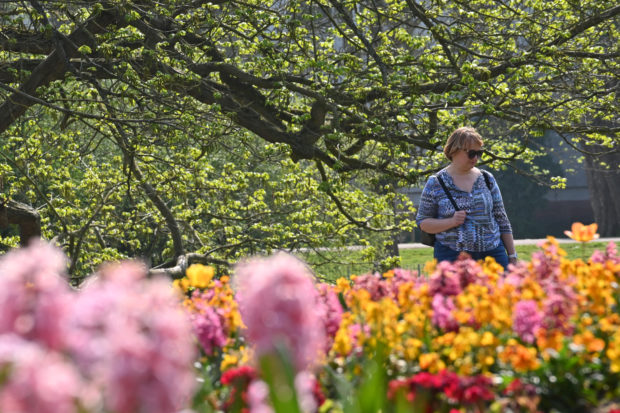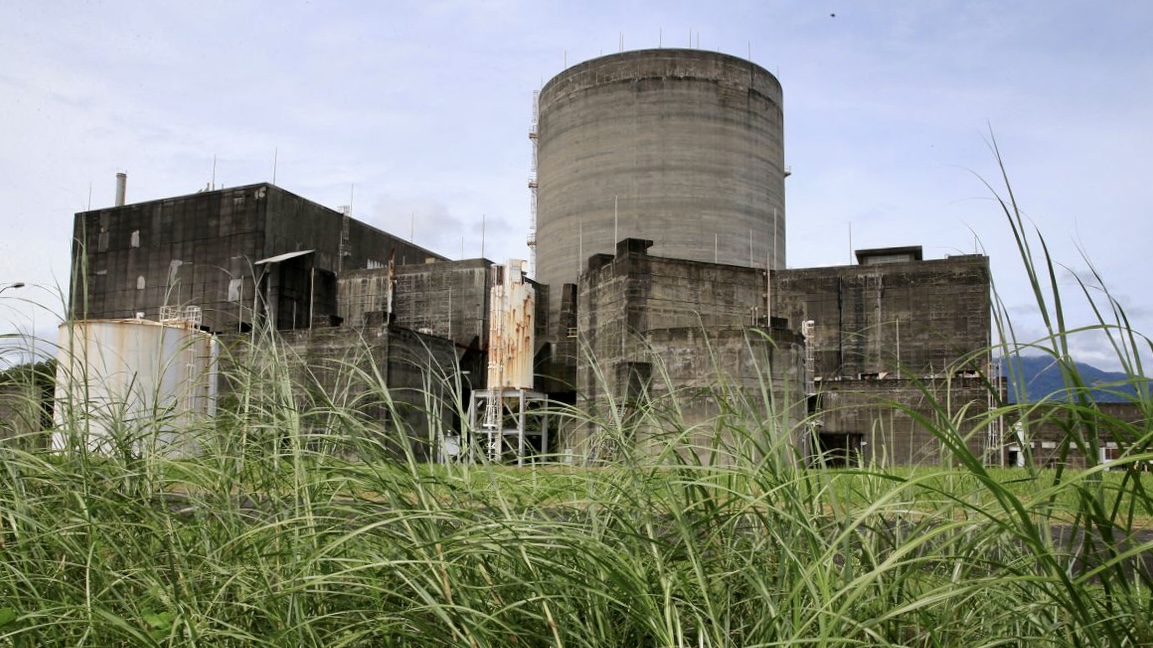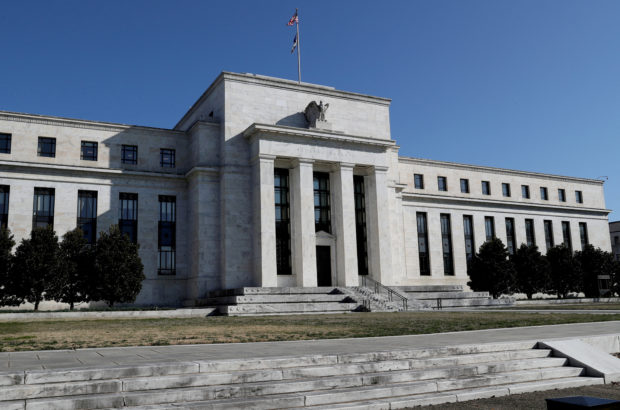[ad_1]

A lady appears on the flowers within the spring sunshine in Jephson Gardens in Leamington Spa in central England. AFP FILE PHOTO
PARIS — International warming is inflicting vegetation within the UK to burst into flower round a month earlier, with probably profound penalties for crops and wildlife, in accordance with analysis Wednesday that used nature observations going again to the 1700s.
Timber, herbs and different flowering vegetation have shifted seasonal rhythms as temperatures have elevated, in accordance with the research led by the College of Cambridge.
The outcomes are “really alarming” due to the ecological threats posed by early flowering, stated Ulf Buntgen, a professor from Cambridge’s Division of Geography, who led the analysis revealed within the journal Proceedings of the Royal Society B.
Crops may be killed off in the event that they blossom early and are then lashed by a late frost, however researchers stated the larger risk was to wildlife.
It’s because bugs and birds have advanced to synchronize their very own improvement phases with the vegetation they depend on. When they’re now not in part, the result’s an “ecological mismatch”.
“A sure plant flowers, it attracts a selected sort of insect, which attracts a selected sort of fowl, and so forth,” Buntgen stated in a press launch from the college.
“But when one element responds sooner than the others, there’s a threat that they’ll be out of synch, which might lead species to break down if they will’t adapt rapidly sufficient.”
Spring backwards?
To trace the modifications in flowering patterns, researchers used a database generally known as Nature’s Calendar, which has entries by scientists, naturalists, novice {and professional} gardeners, in addition to organizations such because the Royal Meteorological Society, going again greater than 200 years.
greater than 400,000 observations of 406 bushes, shrubs, herbs and climbing vegetation throughout swathes of Britain, they discovered that the typical first flowering date from 1987 to 2019 is 30 days sooner than the typical first flowering date from 1753 to 1986.
The modifications seen in latest many years coincide with accelerating impacts of human-caused local weather change, particularly increased temperatures.
Spring in Britain would possibly finally creep into the traditionally wintry month of February if world temperatures proceed to extend at their present charge, stated Buntgen.
That fast shift in pure cycles might reverberate by means of forests, farms and gardens.
Buntgen stated scientists must have entry to information that observe entire ecosystems over lengthy intervals of time, if we’re to actually perceive the implications of local weather change.
“We will use a variety of environmental datasets to see how local weather change is affecting completely different species, however most data we’ve got solely think about one or a handful of species in a comparatively small space,” stated Buntgen.
There may be rising concern amongst scientists in regards to the scale of the influence of a quickly warming world, on every thing from excessive climate occasions to lack of biodiversity.
The United Nations final month confirmed that the previous seven years have been the most well liked on report, whereas the typical world temperature in 2021 was round 1.11 levels Celsius above the pre-industrial ranges measured between 1850 and 1900.
RELATED STORIES
Japan sees earliest cherry blossoms on report as local weather warms
International warming might steal postcard-perfect climate days
‘The children aren’t alright’: International warming elevates dangers to kids
Local weather change sours French winemakers’ bitter harvest
Subscribe to our day by day publication
Learn Subsequent
Subscribe to INQUIRER PLUS to get entry to The Philippine Day by day Inquirer & different 70+ titles, share as much as 5 devices, hearken to the information, obtain as early as 4am & share articles on social media. Name 896 6000.
For suggestions, complaints, or inquiries, contact us.
[ad_2]
Source link


















